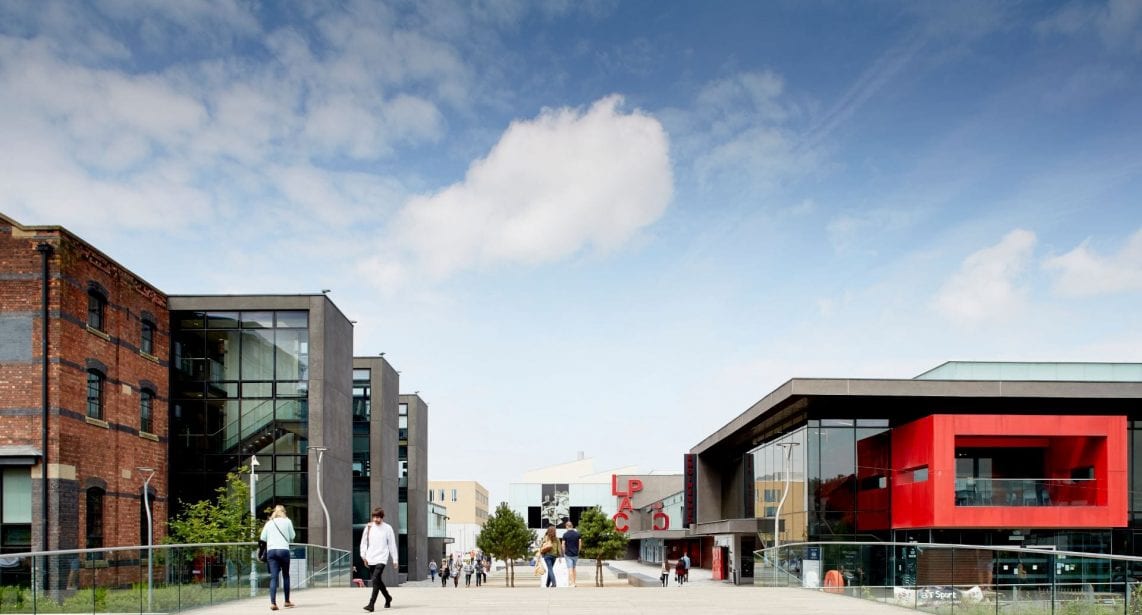One of my favourite things about working at a university is being able to see new ideas grow and develop. Many universities, including mine, foster this process through small grant schemes, which are designed to enable research projects to get off the ground. It was through one of these that I first heard of the use of virtual reality in university teaching. Dr Mark Hocknull’s project, ‘The Use of Virtual Reality in Teaching Moral Philosophy‘, used virtual reality to help philosophy students explore morality and decision-making. Dr Hocknull’s theorised that in a game setting, students might make different decisions than they would when discussing moral questions in a traditional classroom, and his project compared student experiences of the two teaching methods.
In 2019, I had the opportunity to learn a bit more about virtual reality when I attended the Undergraduate Research Opportunities Scheme showcase, where a computer science student named Samuel Stubbings had explored avatars for mobility impaired players in games and virtual reality (his project description and poster can be found here). Samuel’s project was twofold: to build a game that could be played by a user with a mobility impairment, and also to think about the effects of representation on the gamer themselves (for example, a gamer who uses a wheelchair being able to select an avatar who also uses a wheelchair).
Thing 18 asks us to write about virtual and augmented reality so in this post I will be trying to take my knowledge of these tools a bit deeper, and think about how they might be used within an academic library.
Virtual And Augmented Reality
Virtual reality and augmented reality are related but different. In virtual reality, the user finds themselves in a realistic, three dimensional, yet totally virtual environment. Basically, the user is accessing a simulation of a real environment (think a flight simulator) without the difficulty, danger, or impossibility of actually operating in that environment. Users generally need some form equipment–a pair of special goggles, a headset, or a screen (the headset can be DYI-see Google Cardboard)
 “virtual reality” by Alberto Cinco Jr. is licensed under CC BY-NC-ND 4.0
“virtual reality” by Alberto Cinco Jr. is licensed under CC BY-NC-ND 4.0
Augmented reality, by contrast, takes something that is already there, and adds a virtual element to that landscape or situation. A well-know example of an augmented reality game would be Pokémon Go; or the Open Virtual Worlds group at the University of St Andrews, which has built a reconstruction of the city’s ruined cathedral as well as apps that allow users to explore places at different times in their history.
VR and Ar in Libraries
The literature on VR and AR is small but growing (see here) and seems to fall into three main categories:
- trend forecasting: predictions about the use of VR / AR as a new or expanding tool in libraries
- reflections on changes to library spaces: writing about how libraries are making or adapting spaces for users to explore VR / AR tools
- use in specialist settings: discussion of the use of VR / AR within medical libraries or health science libraries
Within libraries and librarianship, there sometimes seems to be a sense of unease as to whether or leading innovation with digital tools is really ‘our job’. Even though I’m some who tends to dive in and figure new things out as I go along, I have a lot of sympathy for this view. With something like AR and VR, it’s so far removed from a traditional picture of the humanities research library that it’s difficult to know where to start. This brings me back to the research projects with which I began–aside from enabling researchers to start small and scale up, one of my favourite things about institutional research grant programmes like the Lincoln Higher Education Research Institute’s annual Research Awards and UROS is that they show me what’s possible. And like these small grants, one of the reasons I’m grateful to be nearing the end of the 23 Things challenge is that it has expanded my view of what libraries and librarians can do with technology.
